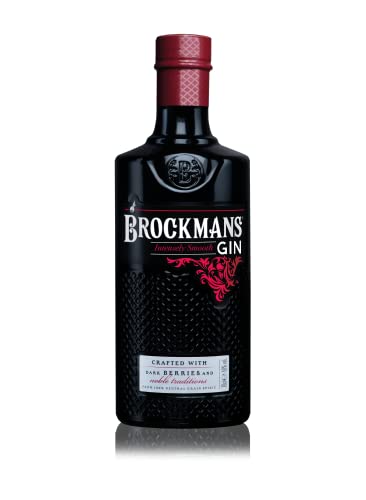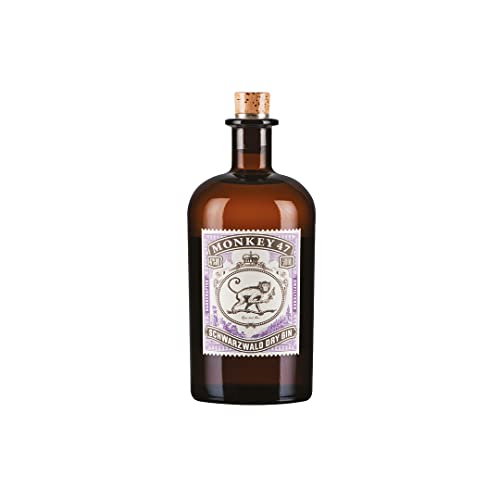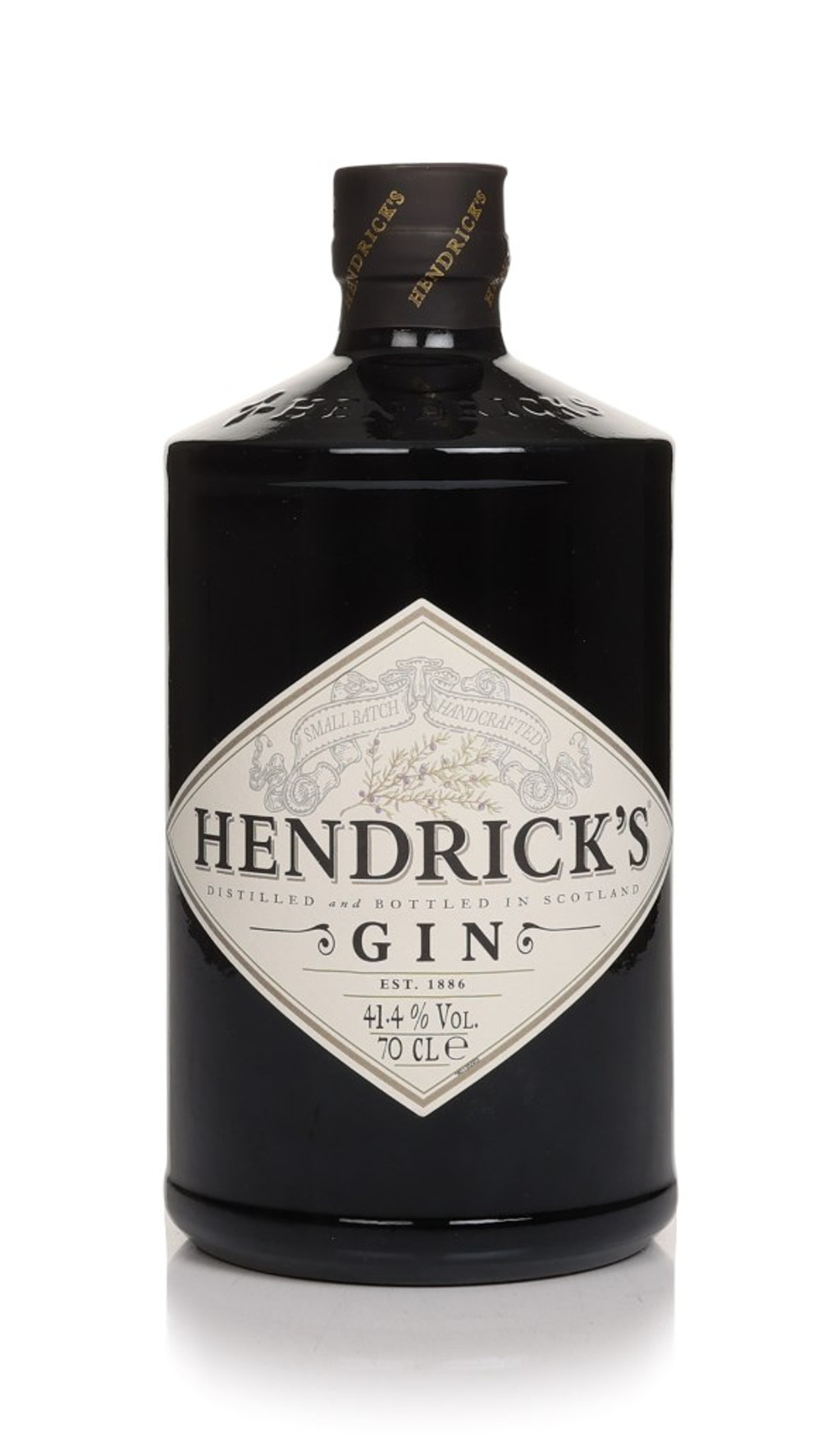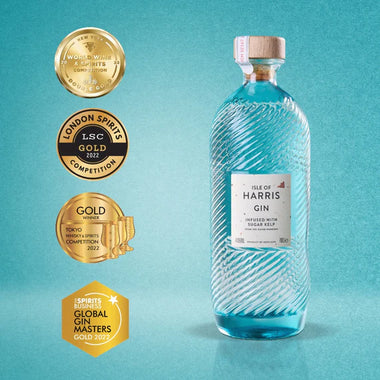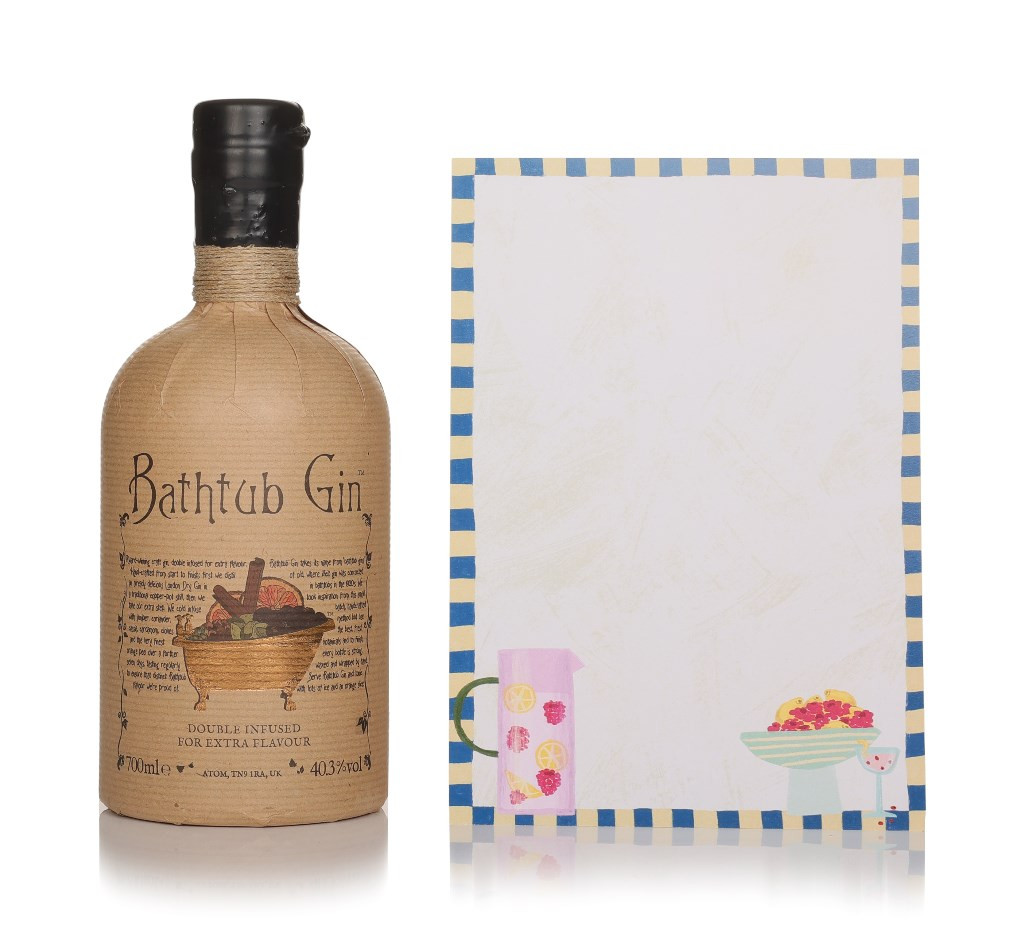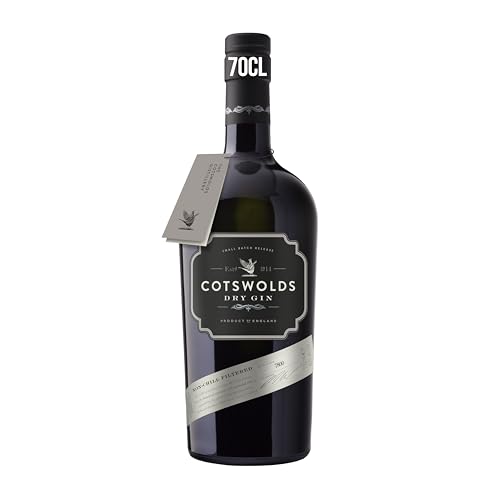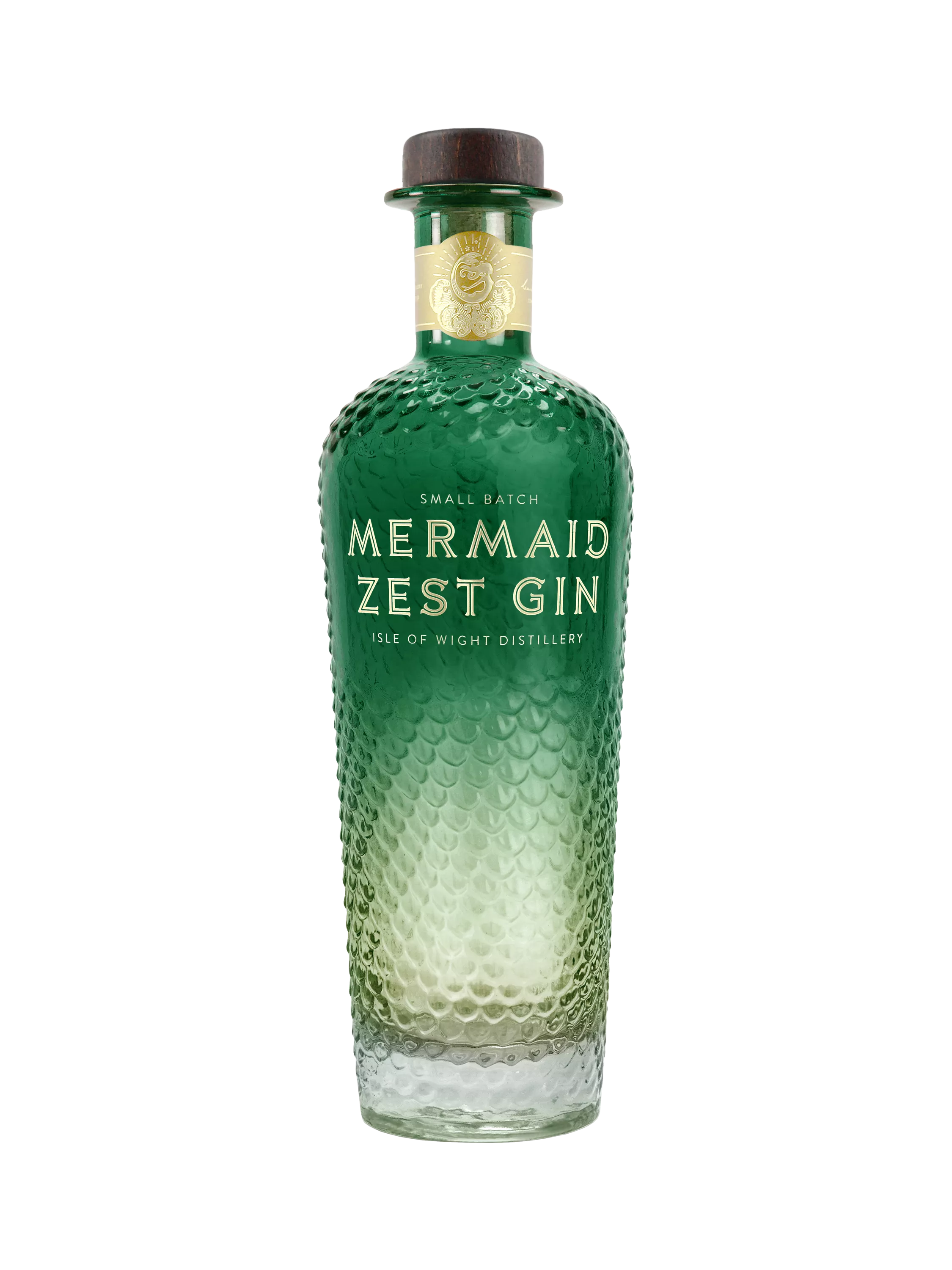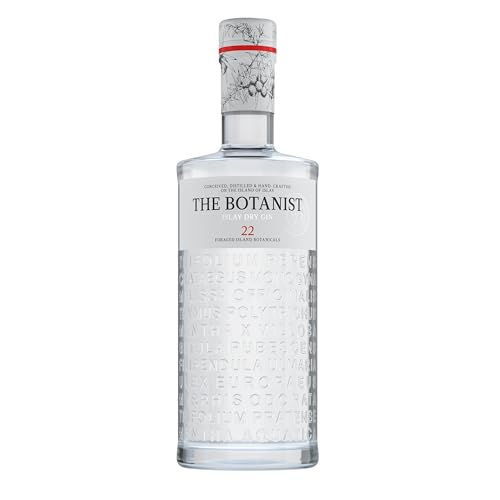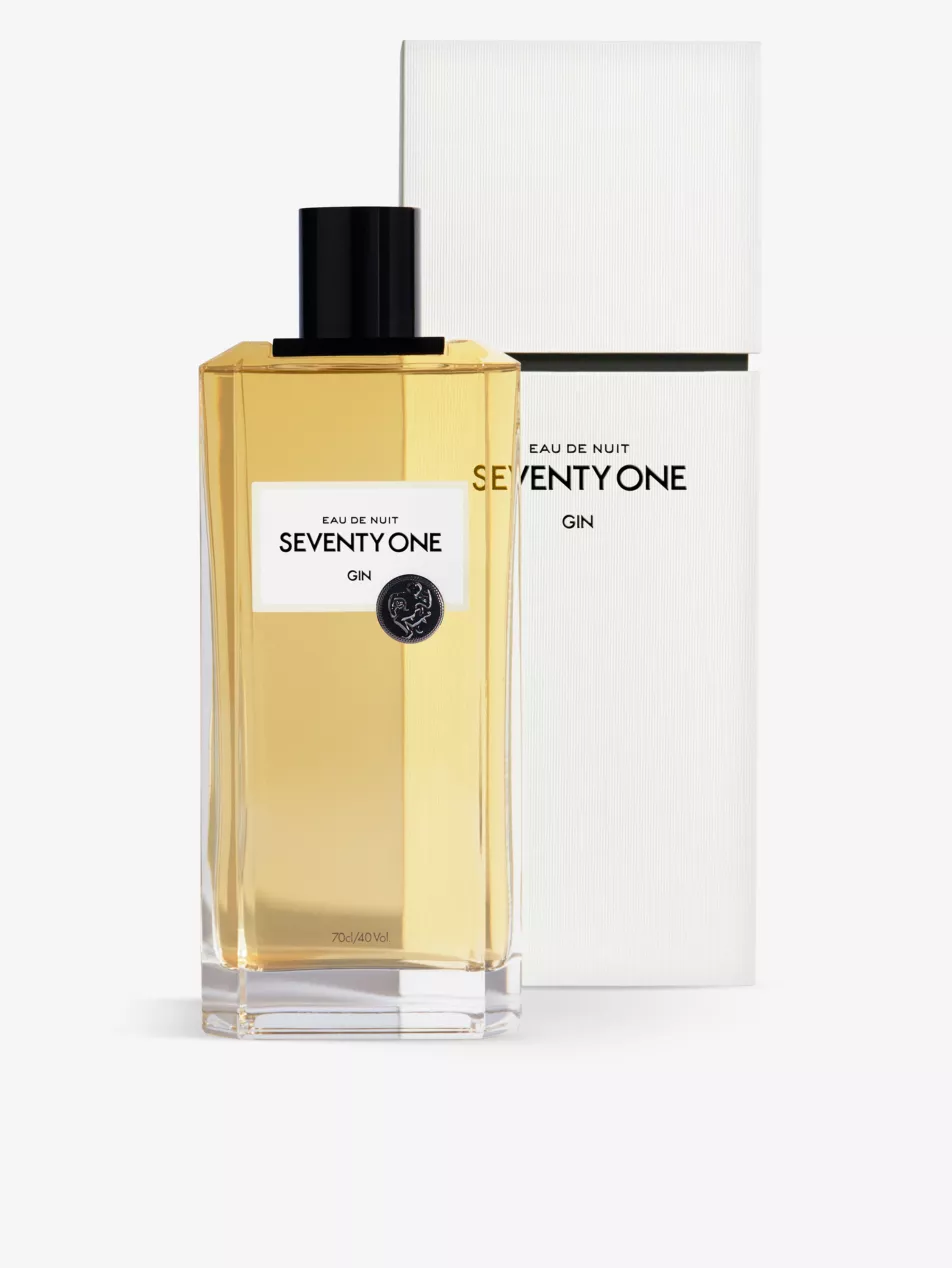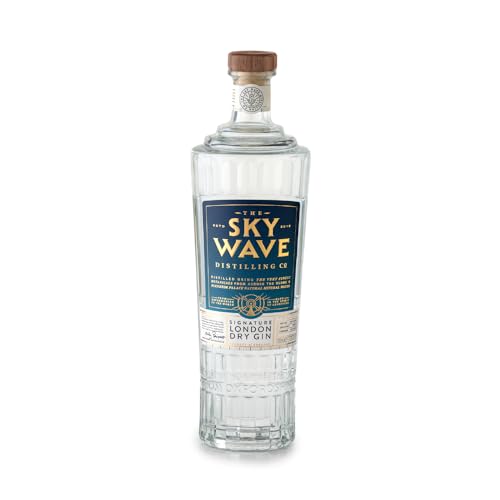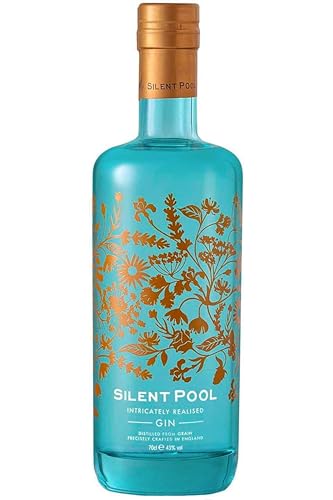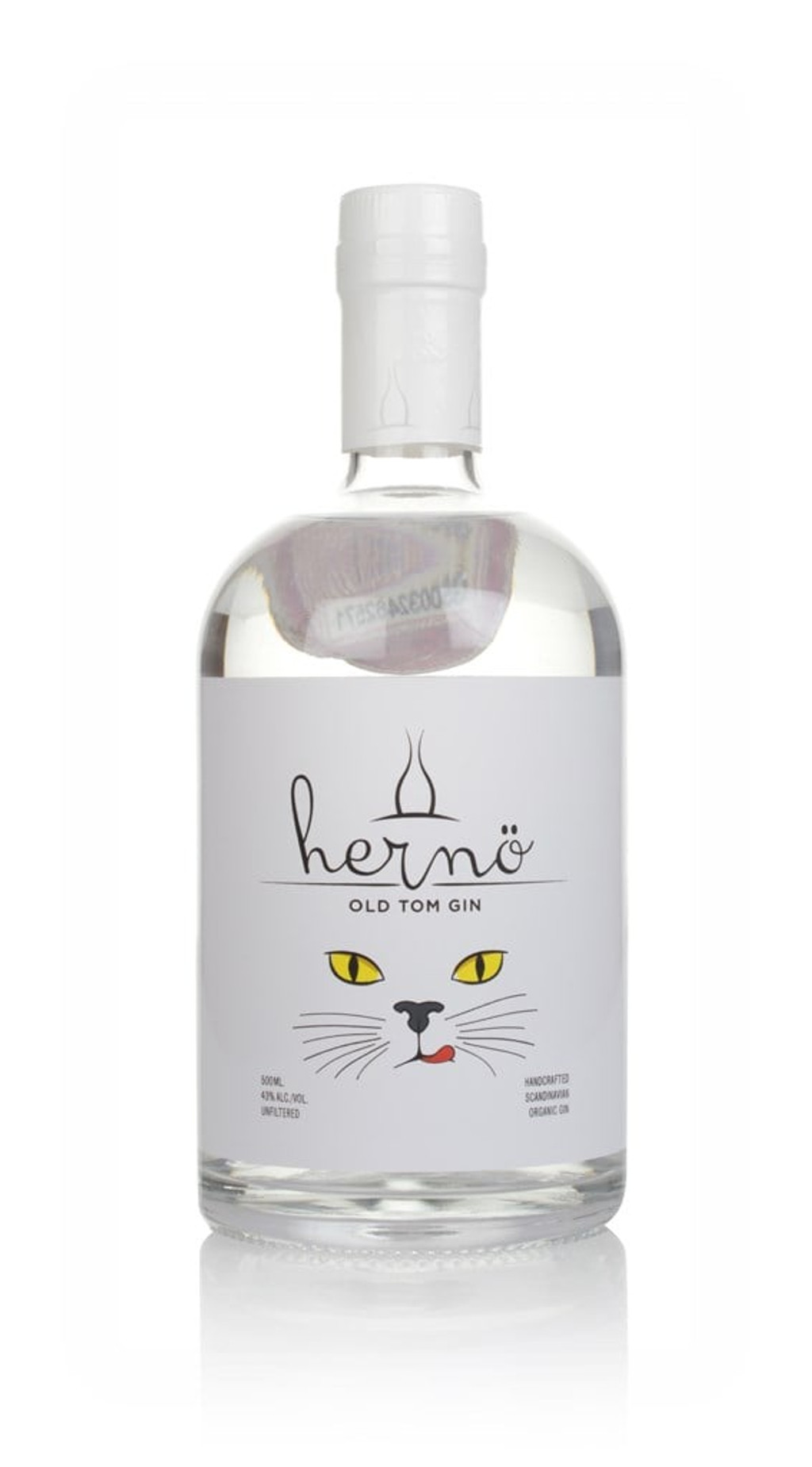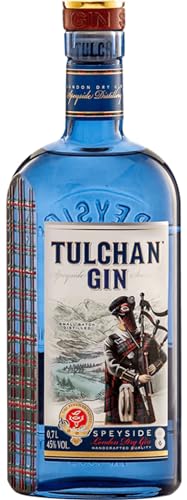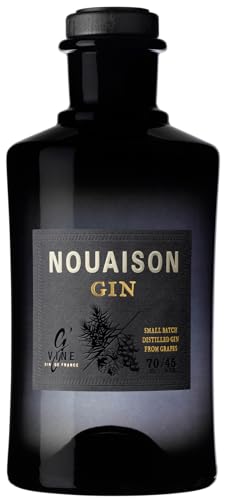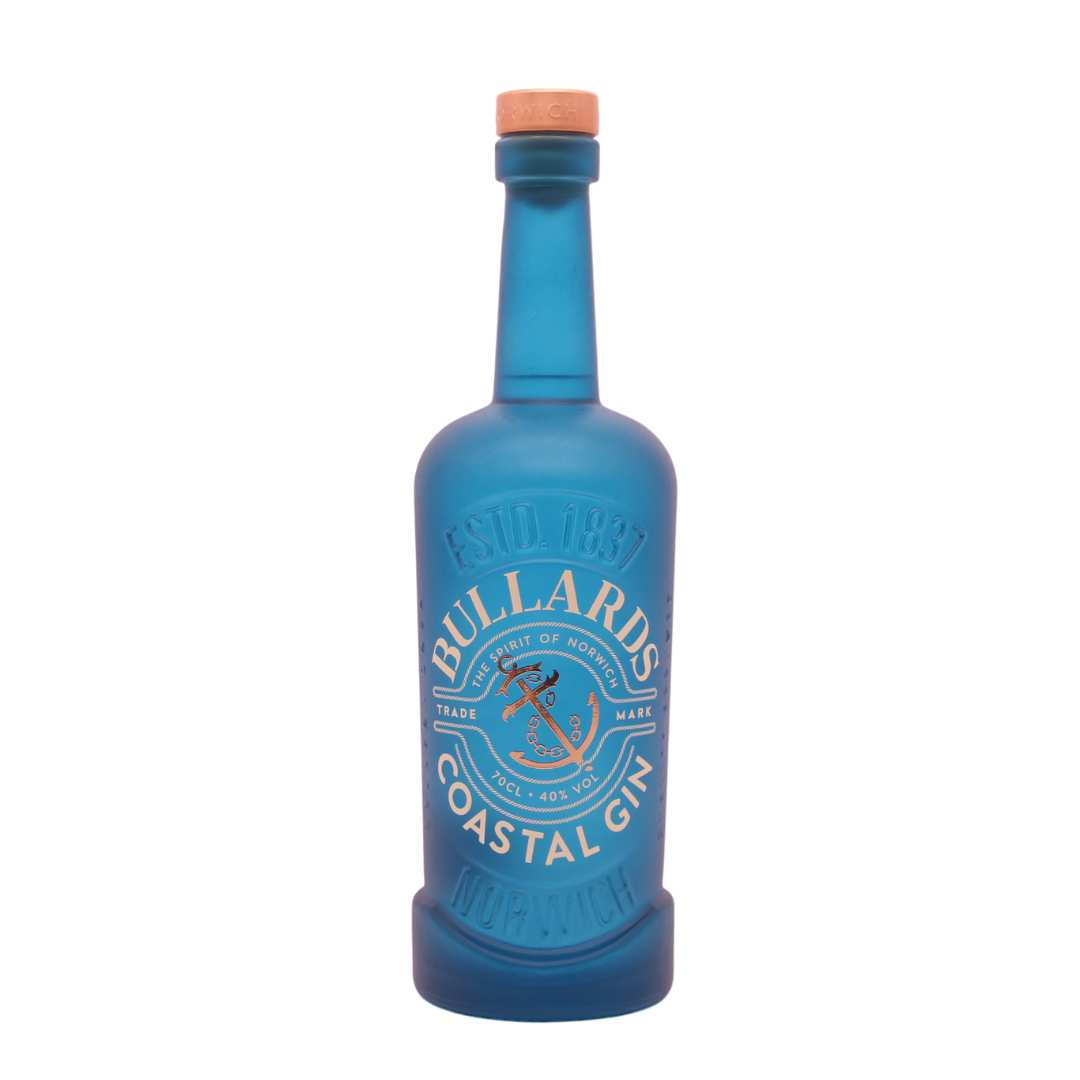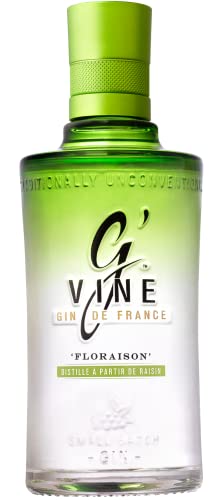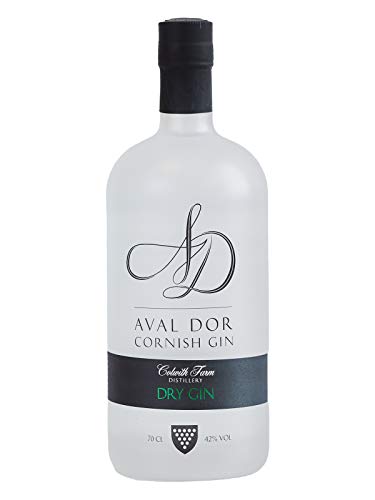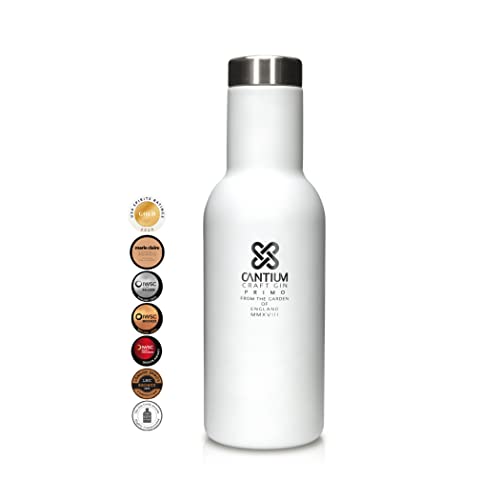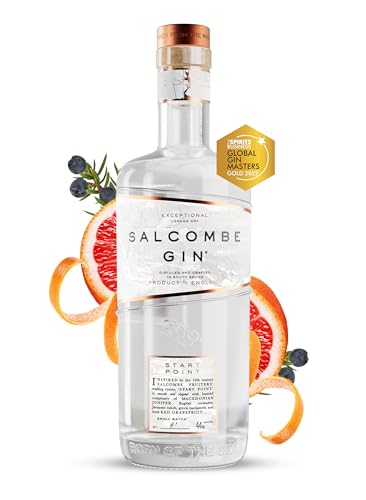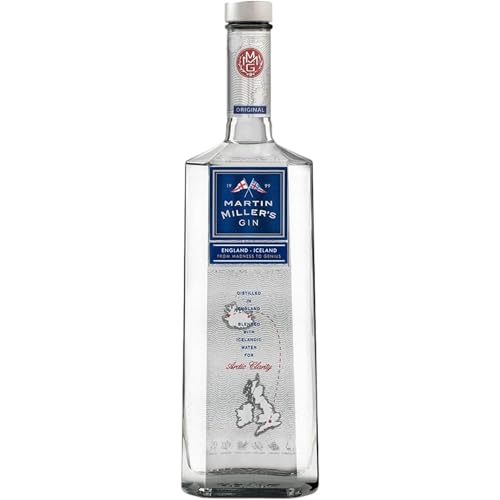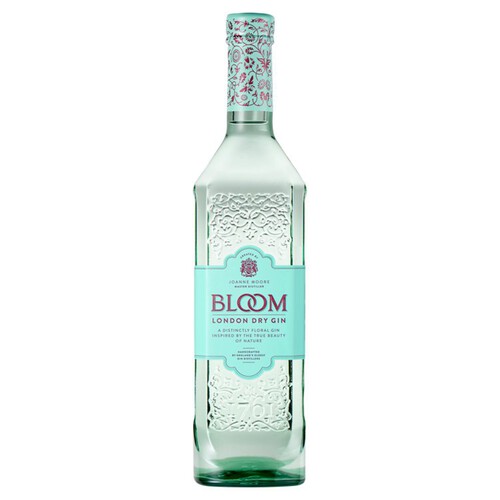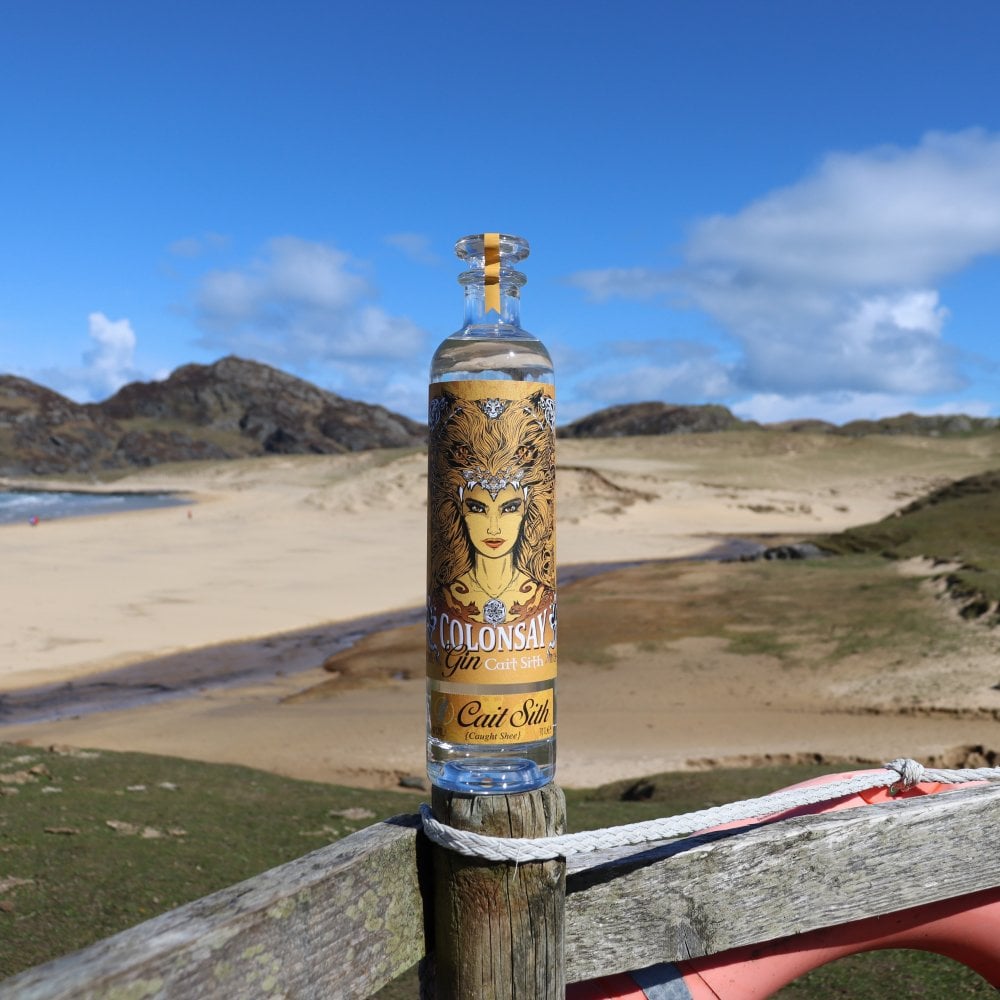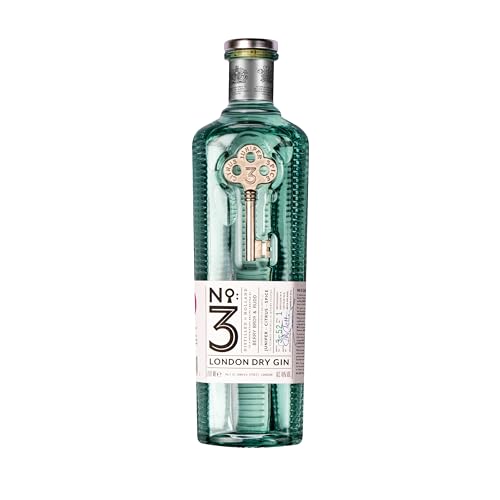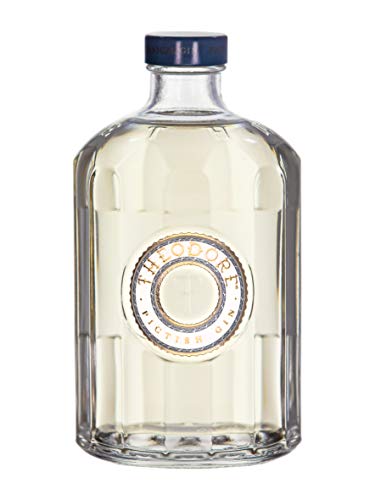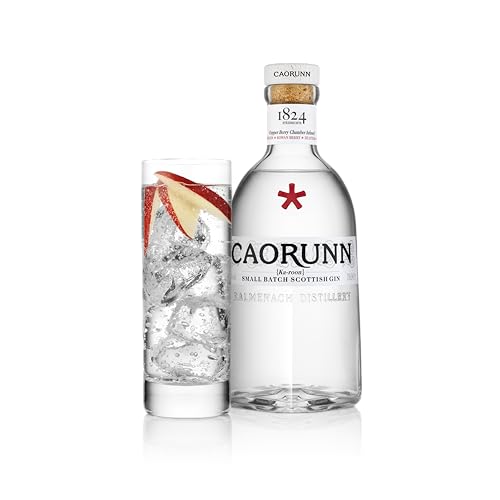The best deals on Gin: 27 bottles our experts recommend
Th best gin for gin and tonic, cocktail making — or just a simple sip in the sun.

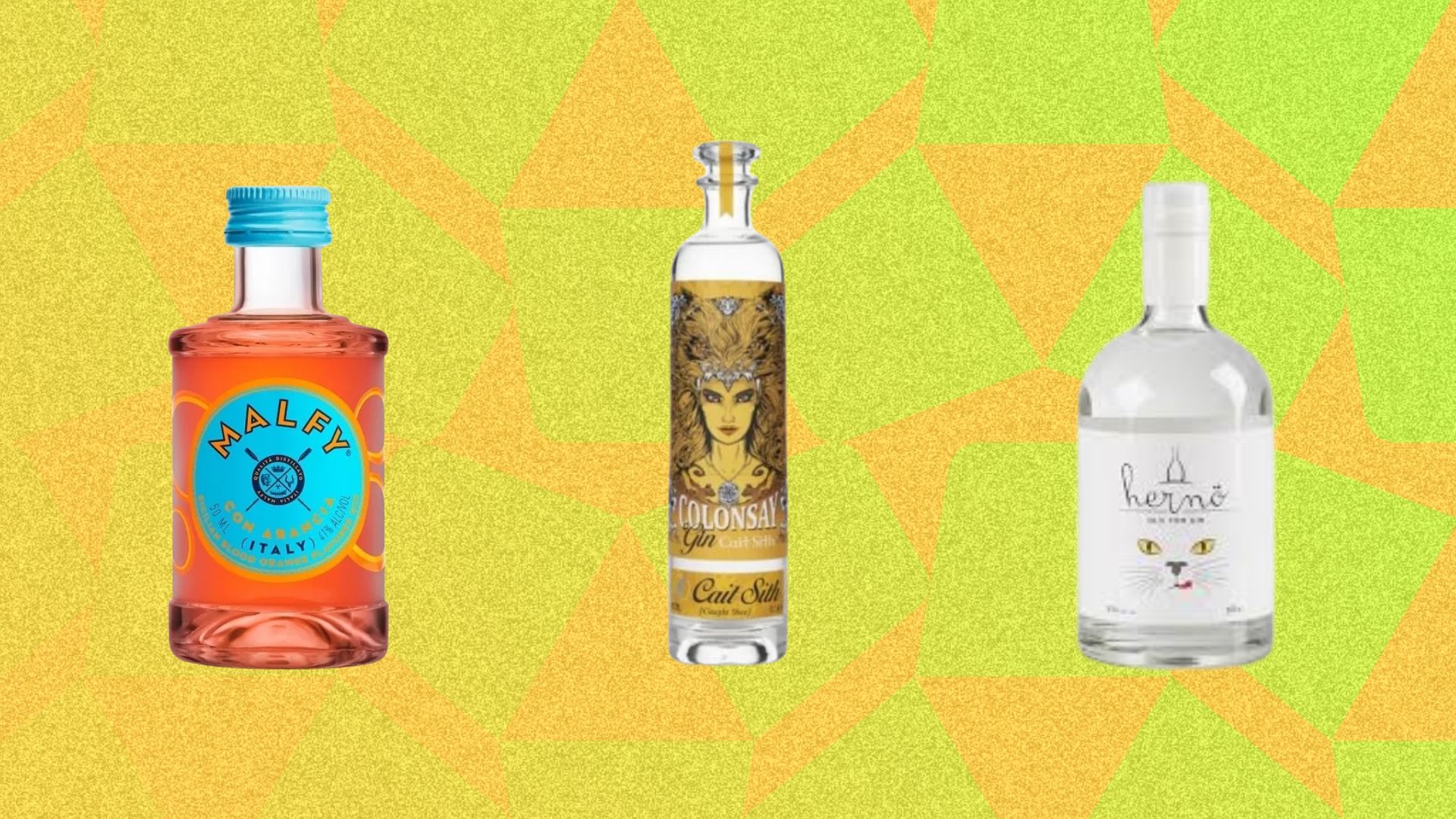
Gin is one of those crowd pleasers that you're bound to have in the cupboard whether you remember buying it or not. Especially with Christmas coming up, it's great to have a decent bottle to hand ready to whip up a G&T, and now may just be the perfect time to indulge in a new or everyday luxury gin.
With some great discounts and offers, you can explore more unusual gins, maybe branching out from your usual London Dry to something a bit more herbaceous.
Below we have a number of fantastic gins listed that have successfully made it through our taste test. If you want to learn a little more about gin, then we have everything from how to make the best gin and tonic, how to taste gin like a pro to a definition of all the different gin varieties below.
1. Brockmans Intensely Smooth
You might not be surprised to hear Brockmans Intensely Smooth is… intensely smooth. Like having George Clooney pull out your chair and light you a cigarette… only a gin. Made with Bulgarian coriander, blueberries, blackberries, and bittersweet Valencia orange peels, the result is a gin bursting with flavour that doesn’t forgo balance for punch. It's a delicious gin which is well worth trying out and stocking up on.
2. Malfy Arancia Scilian Blood Orange Flavoured Gin
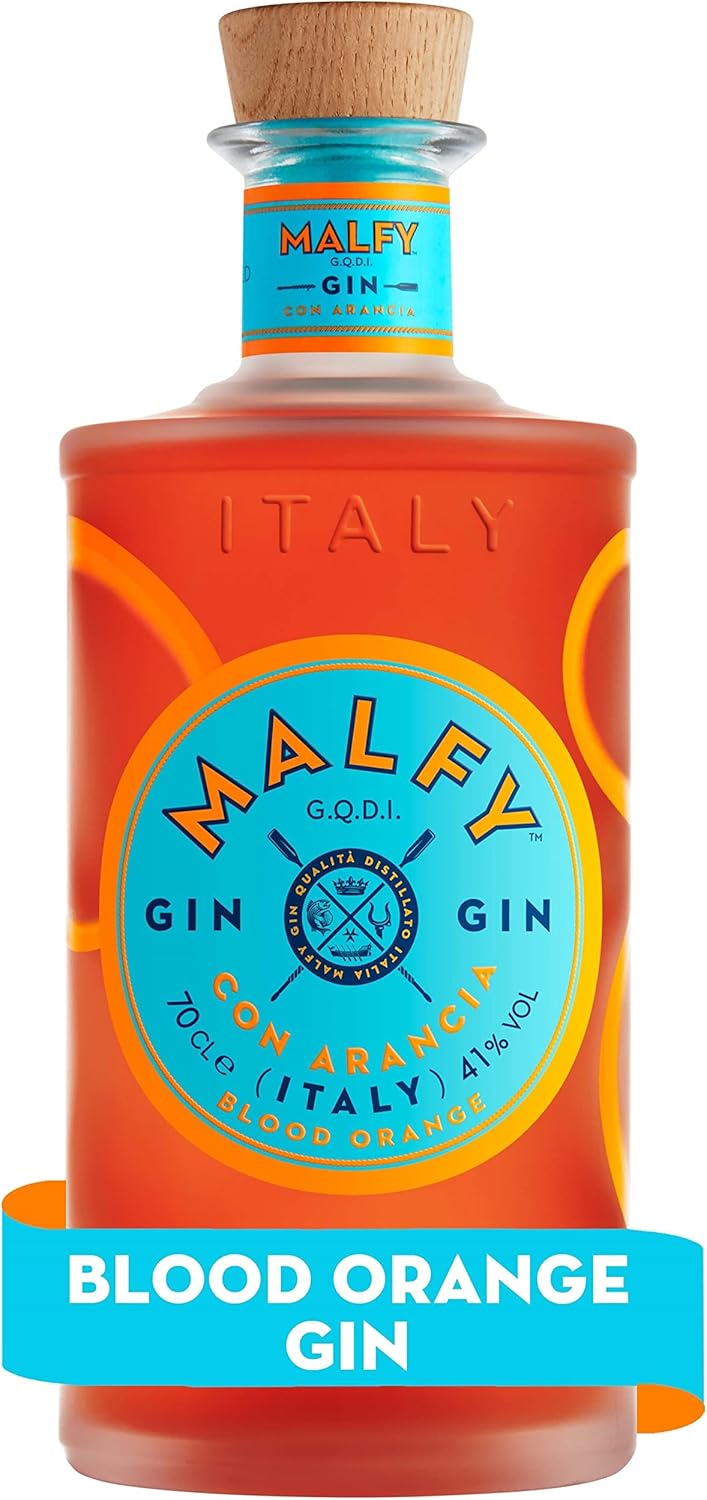
We rarely add a flavoured gin to our best gin list, but this is a fantastic gin from Malfy. Known for its premium gins, Malfy Gin Con Arancia boasts the distinct taste of the Amalfi coast, offering a vibrant, punchy flavour of blood orange that is complemented by a sharp, gin-like aftertaste. It's a drink to be savoured and one that demands lots of fruit, tonic and ice in the glass.
3. Tarquin’s Cornish Dry Gin

Tarquin's Cornish Dry is a twist on the classic London Dry but distilled with handpicked violets and fresh orange zest on the wild Cornish coast. It's has a fresh, crisp, and vibrant juniper aroma with the light aromatic spice and orange blossom you'd want from a god quality gin. If you're looking for a crisp and clean gin with a deep flavour that brings a taste of the coast, it's worth trying this one out.
4. Monkey 47 Schwarzwald Dry Gin
An incredibly fun gin that hales from the Black Forest in Germany. The name comes from the number of botanicals that go into this unique gin, and the fact it’s bottled at bedtime-inducing 47% proof. Palate-wise it’s complex (there are, also, pleasingly, forty-seven different tastes packed in there). Woody, spicy, fruity, and herby: it is pretty much everything a gin can be.
Get exclusive shortlists, celebrity interviews and the best deals on the products you care about, straight to your inbox.
5. Hendrick's Gin
Just brilliant, isn’t it? You don’t need us to tell you that. It contains 11 botanicals, along with cucumber and rose to give it that distinctive flavour. To best enjoy, have it with cucumber, in the sun. Obviously. This is a classic stepping stone gin for those looking to branch out beyond the basics. Try it out in the early part of your gin odyssey.
6. Isle of Harris Gin
From the use of locally sourced Sugar Kelp, to the fact that every beautifully-designed bottle is hand-sealed, the Isle of Harris Distillery makes sure to put the Scottish Isle at the heart of their distilling process. The gin itself is infused with nine botanicals, including a sweet citrus of orange peel, complemented by the fresh herbal flavour of crushed coriander and the base of Juniper. The Sugar Kelp adds a maritime note to this award-winning gin. Every bottle is shipped directly from the distillery in the Outer Hebrides.
7. Bathtub Gin
Made using the traditional method of Cold Compounding, in which the spirit is slowly infused with botanicals, including orange peel, coriander and cardamom, this gin has strong notes of citrus and spice. The award-winning gin is best served over ice with tonic and a wedge of orange.
8. Cotswolds Dry Gin
Cotswolds Dry Gin has been distilled with a blend of aromatic botanicals - think freshly hand-peeled grapefruit, lime and local Cotswolds lavender. The gin is made using a method called non-chill filtering, which essentially means that the oils are retained, resulting in bottles with a cloudy, pearlescent finish when mixed with tonic. The result? Not only does this look the part but tastes thoroughly delightful.
9. Isle of Wight Distillery Mermaid Zest Gin
This bottle from the Isle of Wight distillery is an absolute joy to drink. It is packed with citrus fruits and uses a number of coastal botanicals, which include rock samphire and rosemary. Juniper is in the background for this drink, with a punch of grapefruit front and centre. Lovely stuff.
10. The Botanist Islay Dry Gin
This hand-crafted gin comes from the Scottish island of Islay. Made from 22 local herbs and flowers that have then been distilled with nine classic gin botanicals, the result is a smooth blend that’s delicious and unique to this part of the world. It’s a solid base for a gin martini but would also taste just as special if you keep things simple and pair it with a little tonic over ice.
11. Seventy One Eau De Nuit Gin
One of the newer additions to our list, you might be surprised to learn that this is indeed a bottle of gin, not a fancy perfume or cologne. This gin was created by fashion photographer Mert Atlas, who spent years perfecting its taste. Its name comes from the fact that this gin spends 71 nights in three different oak casks. It’s incredibly expensive, but if you’re looking for a premium gin or an incredibly luxe gift, you’ve found it.
12. Sky Wave Gin
Sky Wave is a premium gin distilled in Oxfordshire. There are several varieties available, including London Dry Gin, Old Tom, and even some flavoured varieties. The key to all of them, though, is the ingredients - 13 botanicals are infused with natural mineral water from Blenheim Palace. The result is a well-balanced, smooth gin with a sweet touch. There’s a big blast of juniper in each taste - we tested the Signature London Dry Gin - which ends with a long linger of sharp citrus. If you really want to up the ante, the distiller’s Navy Strength comes in at 57% and is a recent The Gin Guide Awards winner.
13. Silent Pool - Ultra Premium London Dry Gin
Silent Pool is packed with botanicals: 24 to be precise. These include lavender, chamomile, roses, and linden. These floral notes are blended with stunning citrus flavours to create a complex, smooth-tasting gin. In fact, it’s one of the smoothest we’ve tasted, as there is a lovely honey tinge in the end notes. Given the multitude of flavours on board, we paired it with a simple Indian tonic and an orange slice to bring out the citrus notes even more. As for the bottle, it’s got pure shelf appeal and we are big fans of the glass stopper.
14. Hernö Old Tom Gin
This one is rather special. Hernö Old Tom Gin is a sweeter gin, offering notes of coriander and juniper, complemented by a subtle honey flavour. We mixed it with a tonic and some lemon and that really enhanced the flavours on offer. The distiller, based in Sweden, has a fantastic track record for gin and you can also get Hernö as Navy Strength, traditional Dry Gin and the original Juniper Cask Gin.
15. Tulchan Gin
From its fantastic bottle - we love the tartan groove - to the fact that Tulchan Gin makes use of Scottish flora, we can't get enough of this gin. It's got a brilliant whack of citrus, then a cardamom hit. It may have a floral smell, but the taste is far more intense than that. Lovely stuff.
16. G'Vine Nouaison Gin
We really like the taste of G'Vine Nouaison Gin. It's on the spicier end of the gin spectrum, so we recommend really giving your drink a taste sensation and adding this to a chilli-infused cocktail. Have it with tonic, though, and you will be rewarded with a sharp-tasting, fruit-filled gin with a rich and spicy aftertaste. If you want an extra-special treat, then get the bottle that's been matured in a cognac cask.
17. Bullards Coastal Gin
It's really refreshing when a coastal gin represents the sea in its taste, and this is precisely what we have with Bullards Coastal Gin. There's a slight saltiness to the smell, which is nicely mixed with woody juniper and fennel notes. All of this combines to create a well-rounded gin that pairs well with dark fruits, cutting through their sweetness. The sample we received also came with a re-fill in eco-friendly packaging that can be sent back to the distiller for recycling, which is a really nice touch.
18. G'Vine Floraison Gin
The G'Vine Floraison Gin is a French gin which has a distinctive grape flavour. This makes it an ideal replacement for vodka in cocktails or mixers. With a tonic, you get a delicate floral finish with a hint of spice. It's definitely one for those who find juniper a little too overpowering.
19. Aval Dor - Cornish Gin
Having undergone both a name and bottle makeover, the gin formerly known as Stafford Dry Gin is now back as Aval Dor Cornish Gin. This rebranding makes sense and aligns the drink more closely with Colwith Farm Distillery's award-winning vodka. Taste-wise, we are big fans. There's a real push here of citrus and juniper, with a punch of bitterness in the aftertaste. Like Warner's, the makers of this gin utilise ingredients grown on their farm in Cornwall, and it really shows in the taste. We taste-tested the original, but there is a dry gin and some flavoured gins available.
20. Cantium Gin
We were really impressed with the taste of Cantium Gin. Distilled in Kent, the gin uses locally sourced botanicals. There's Lavender, Cobnuts, Apples, Blackberry Hops and roasted Kentish Chestnuts all in there, and it makes for a fresh, rounded taste that worked well with a cucumber-based tonic. The gin comes in a reusable flask (give it a bit of a wash first), which is a nice touch, although it is a touch more expensive than some of the others on this list.
21. Salcombe Gin - Start Point
This copper pot still gin is an absolute delight. There's a real smoothness here, which was welcomed - when we tried the gin neat - but it really came to life when we added a touch of citrus-based tonic. There's a real punch to the flavours, with lime and juniper being stand out. While we recommend Start Point, we were also lucky enough to taste-test one of the bottles from the limited-edition Voyager Series.
22. Martin Miller’s
This is our favourite summer gin thanks to its slight, but not intense, perfumed charm. A self-consciously ‘old-school’ gin (despite being first created in 1990), distiller Martin Miller wanted to make a gin that “tasted of gin” and not, in his words, “of some highly flavoured confection”. Distilled in the Black Country from ten botanicals, Miller’s is blended with Icelandic water to a simple, stunning effect.
23. Bloom London Dry Gin
The branding says it’s floral; most reviews say it’s perhaps too perfumey, but we weren’t getting that. Not in a sickly way, anyway. Deliciously citrus, it’s easy on the juniper, making it an excellent gin for non-gin-loving gin drinkers. And we realise how odd that sounds. Essentially, if you want to start an evening with a gin, this is the one.
24. Colonsay Cait Sith
We first heard about Colonsay Cait Sith (pronounced Caught Shee) on World Gin Day. Since then, we have been sent a bottle, and it deserves to be on this list. It's a Scottish gin that's Old Tom style (which is sweeter than a London dry variety), so it's less about the Botanics and more about the orange, pink grapefruit and vanilla taste. It's a really refreshing gin that we had with tonic and lots of ice. It also has one of the nicest bottles we have seen, so if you are all about the shelf appeal, then this is the gin for you.
25. No.3 London Dry Gin
It was only right that No.3 made our list after winning the International Spirits Challenge ‘Best in Class’ gin trophy four times - along with another 20 awards since 2010. The main flavours in this ‘world-class’ spirit are the classic gin botanicals of juniper, citrus and spice. That means that its crisp, 'zingy' taste is followed by the warmth of cardamom and a final dryness from angelica. Best served with tonic, a big wedge of grapefruit and a sprig of rosemary.
26. Theodore Pictish Gin
This Scottish gin is “powered by the spirit of the Picts” - an ancient tribe that once settled near the distillery’s home (because, of course, it is). The gin contains 16 botanicals that Greenwood Distillery believes the Picts could have encountered. Citric Pomelo and Kaffir Lime give it a fresh, citrus flavour, complemented by a floral bouquet from Oolong tea, chamomile, and lavender.
27. Caorunn
Handcrafted in small batches at Balmenach Distillery in Scotland’s Speyside region, Caorunn is an unusually herbal experience thanks to its use of Rowan Berry. The well-balanced fruity flavours of the gin make it exceedingly drinkable: dry and crisp when neat, use tonic sparingly so as not to lose its subtle notes.
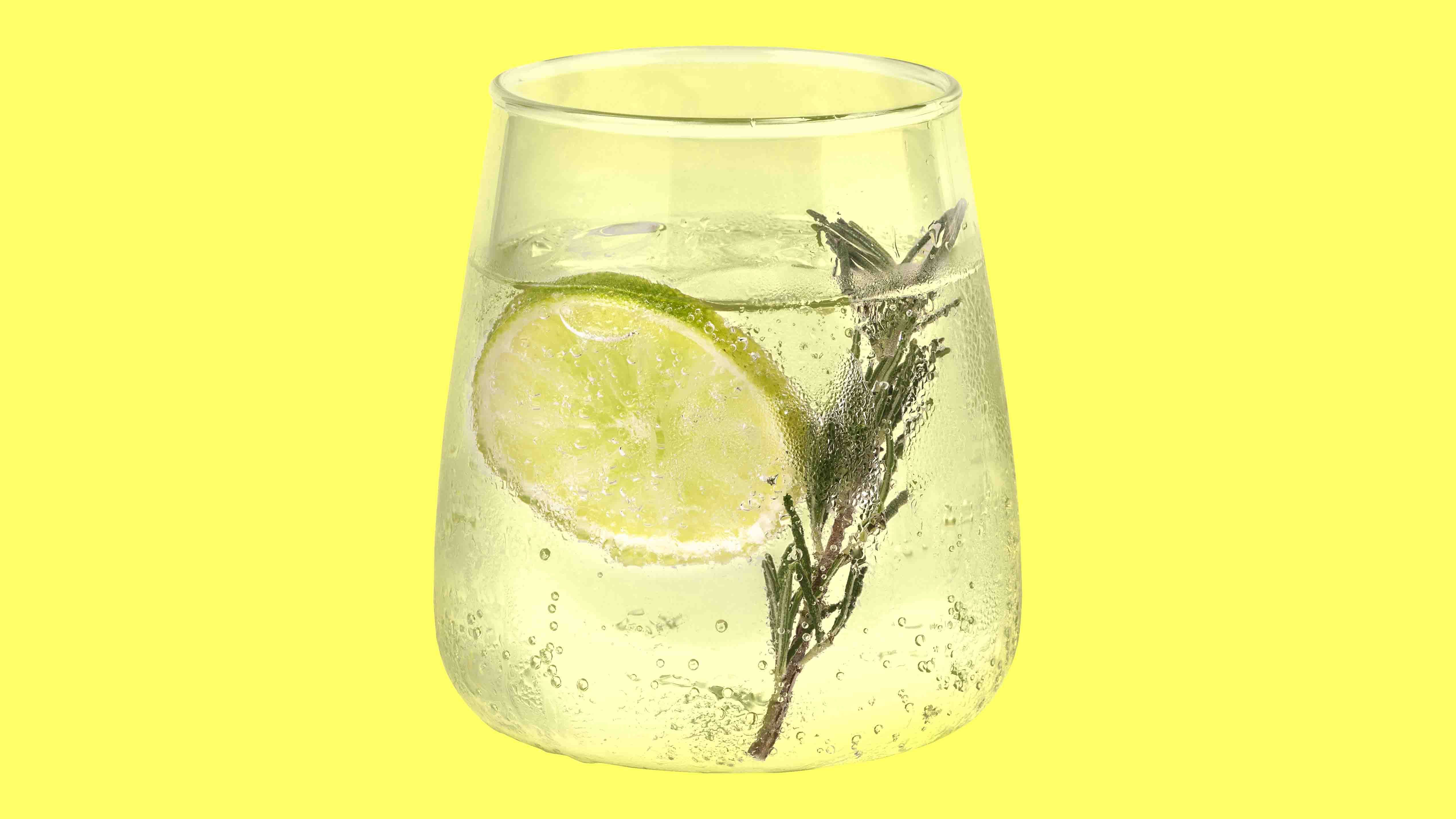
How to taste gin like a pro
Take it neat: If you really want to get the flavours of the gin, then your first taste should be neat, without tonic or ice.
Find the right glass: As with most spirits, any glass that has a tulip shape works best. This is when the glass is fatter at the bottom and slimmer at the top. These glasses are said to offer the best way for the drink to be tasted - the bulbous bottom gives the gin a chance to swirl around.
If you do it in a standard shot glass, then you are mostly just getting the ethanol fume, and that isn’t a good thing.
Have a coffee break: Coffee beans are a great palette cleanser. Take a bunch and break them up in your palm and give them a good sniff before and after a taste test. This will prime your buds for tasting gin and getting the most out of the notes. A simple sip of water will really help with making sure your tongue is ready, too.
Once that’s done, coat your palm with gin, leave it a few seconds so the alcohol disappears, cup and smell - this will offer up the aroma notes of the gin before you actually taste.
Swirl and sniff: this goes for any type of tasting - swirl the liquid (in a tulip glass) before you sip and give the notes a good sniff before tasting. When it’s in the mouth coat the whole of the moth and then swallow, breathing out as you do.
How to make the perfect gin and tonic
First off, you will need to gather the key tools to knock up the perfect G&T, which we've listed below:
- Large clean highball glass
- Good quality ice cubes - this will chill the drink quicker resulting in less dilution and keeping it colder for longer.
- Bottle of your gin of choice (I use Bombay Sapphire due to its fresh forest floor pine notes and spicy character).
- The finest chilled organic tonic water (my favourite is made by FeverTree and using the 200ml bottles means it is always fresh)
- Fresh green lime
- Sharp knife
- Chopping board
- Bottle opener
- Long spoon
Instructions
1. Start by rolling your lime on a chopping board with the palm of your hand for 10 strokes. What this does is massage the fruit to get the juices flowing. You’ll be able to get a higher yield of juice from each wedge so it’s good for your wallet.
2. Now you’re ready to cut your lime into wedges. Stop! To do this, don’t cut it in half from head to tail but through the circumference of the fruit then, whilst resting the flat area on the board, cut the two halves into four wedges (cut across the segments).
You should end up with eight perfectly formed wedges which are juicy and raring to add aroma and flavour. Oh, and, if you don’t happen to use up all your lime wedges in one go place them in a sealable container and pop in the freezer. This way they are ready to be used next time as lime flavoured ice cubes.
3. Next take one of your perfectly cut lime wedges and between thumb and forefinger, squeeze into the bottom of the highball glass then drop in the wedge.
4. Grab a bottle of Bombay Sapphire around the neck and if you’re lucky enough to have a barman’s pourer in your bottle then turn it upside down over the glass and count to five. This should give you a double measure (50ml). If you don’t have a pourer then you could use the cap. This measures 15ml - measure out 3 of these add one last splash for luck.
5. Next, fill the glass to the top with ice then stir for a few seconds with the long spoon.
Open your chilled bottle of FeverTree tonic water just before you need it so it’s lively then pour 100ml over the ice.
Let the bubbles settle then stir for a couple of revolutions to mix the drink and create a consistent flavour. If needed, add more ice cubes to bring the water line to around 1cm from the top of the glass (not more tonic) then add a second lime wedge (not squeezed) perfectly positioned on the top of your tipple to add aroma and visual appeal, but little extra flavour.
We're not keen on ‘rimming the glass’ with the lime wedge juice as it has a tendency to overpower the drink and also makes the outside of the glass wet and sticky. Finally, add a clear straw to the glass if desired.
- We've taste tested the best vodka around
- Looking for the best whisky to drink? Then head to our guide
- If you want a tipple that's alcohol free, then head to our best non-alcoholic sprits guide

As Content Director of Shortlist, Marc likes nothing more than to compile endless lists of an evening by candlelight. He started out life as a movie writer for numerous (now defunct) magazines and soon found himself online - editing a gaggle of gadget sites, including TechRadar, Digital Camera World and Tom's Guide UK. At Shortlist you'll find him mostly writing about movies and tech, so no change there then.
You must confirm your public display name before commenting
Please logout and then login again, you will then be prompted to enter your display name.
